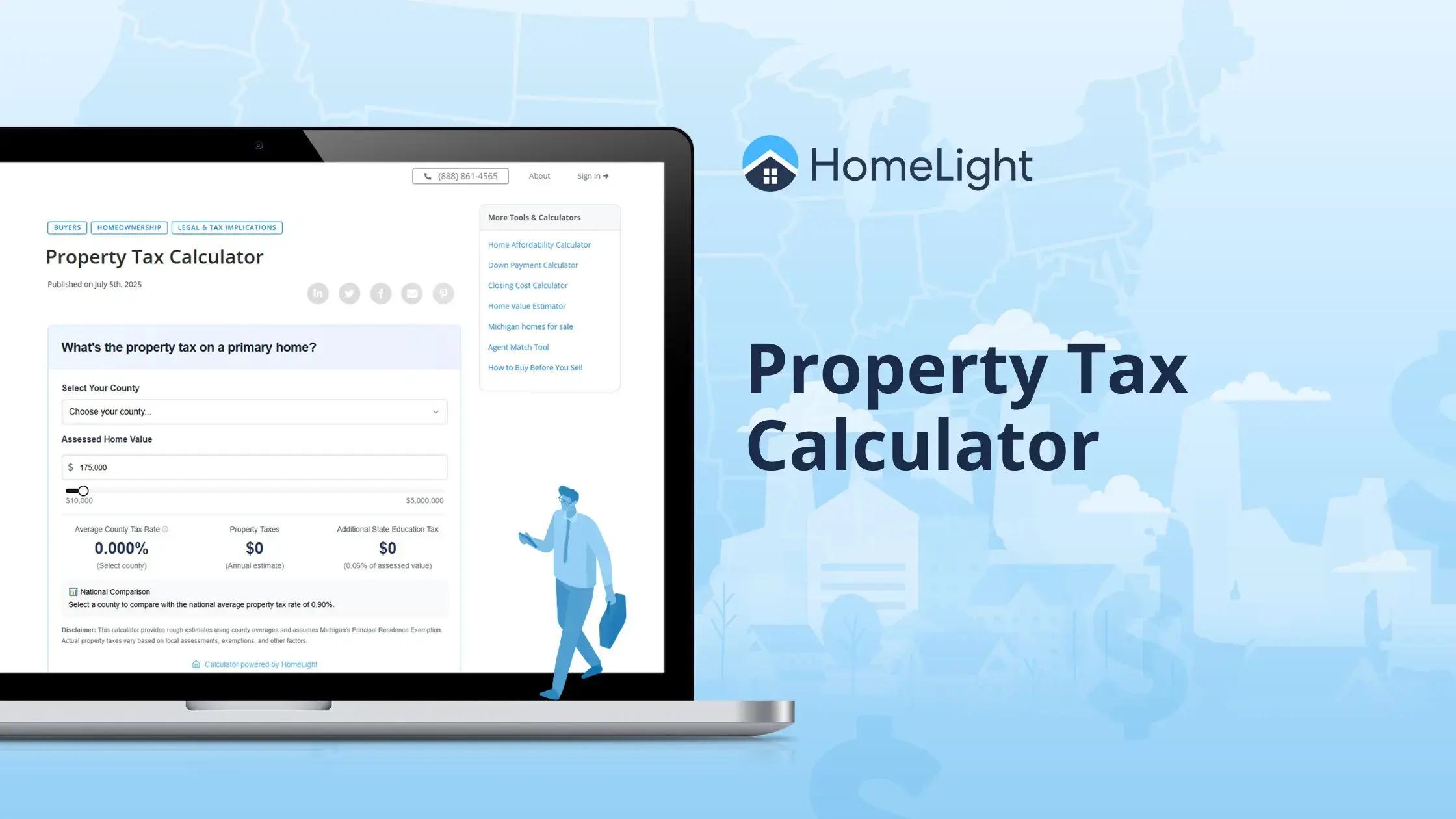
According to recent data from the National Association of Realtors, 74% of homebuyers are repeat owners, the highest percentage on record. That means a large majority of homebuyers must consider the sale of their current home prior to buying a new one. After all, few people can afford to hold two mortgages. At the same time, it usually does not make sense for buyers to sell their home without having a new one lined up to move into. So what options does that leave for the homebuyer who must also be a home seller? Most often, this type of scenario calls for a home sale contingency. With the help of real estate agent Jesse Allen, a single-family home expert in southern Indiana, we’ll help to explain the ins and outs of home sale contingencies, and offer additional alternatives for buyers who currently own a home. A contingency, in general, is a clause that allows the buyer to void the purchase contract for a specified reason. Contingencies allow the buyer to walk away from the home (and usually receive a refund of their earnest money) within a certain period of time if the criteria of the clause is not met. A home sale contingency is one of many contingencies that a buyer could choose to include in their purchase offer. The home sale contingency says that if the buyer doesn’t sell their home before a predetermined date, then the contract can be terminated. Thus, the purchase agreement is “contingent” on the sale of the buyer’s existing home. If the buyer’s current home sells, the sale of the new home can proceed. But if not, the buyer (or seller) has the right to walk away. Other common contingency clauses include: To learn more about these other contingency clauses, see our post: What Does Contingent Mean in Real Estate? A home sale contingency for a buyer can be structured in one of two ways: Because a settlement contingency is stronger, Allen advises his clients to find a buyer for their current home first. “Any offers that we receive on your home, we just let them know that they will need to be contingent on you finding a home within a certain number of days. [With] your house under contract, we know what your buying power is, and [we can make] a much stronger offer.” A home sale contingency is great for the buyer; it reduces their risk of holding two mortgages at the same time. In addition, depending on the timing of the closings, the clause can also help a buyer avoid moving twice, allowing for a smoother transition between homes. But for the seller, a home sale contingency increases the risk that their sale will not go through as planned. Any contingency adds an “if” to the equation, one that makes the contract weaker from the seller’s perspective because there’s no guarantee that their home will sell. Asking a seller to accept the terms of “if my current house sells” has a tendency to make them nervous because they have no control over that part of the proceedings. Still, home sale contingencies are somewhat common, so it’s not unheard of for sellers to accept them. Sellers may be especially agreeable to a home sale contingency if: On the flip side, if the market is hot and the house is getting a lot of interest, many sellers will reject offers with a home sale contingency and wait for a better option. Or, sellers may include what’s known as a “kick-out clause” in the purchase agreement. A kick-out clause acts as a sort of compromise in light of an offer with a home sale contingency. A kick-out clause allows the seller to keep marketing the home during the contingent time period. They may be able to accept backup offers as well, depending on how the clause is written. If the buyer fails to close on their current home (or, in some cases, if the seller receives a better offer), then the seller has the right to “kick them out” of the agreement, with a certain amount of notice (usually between 24-72 hours). A kick-out clause may also be known as a first right of refusal. In Allen’s market, this term is more common. He says that for the buyer, a first right of refusal is, “essentially like calling dibs on that house. The house stays on the market and it’s marked in the MLS as an active first right. But if the sellers get another offer on that house, they have to come to us first.” At that point, the buyer can either drop the home sale contingency and purchase the house outright, or they can back out of the deal. Because a home sale contingency puts the seller in a less-than-ideal situation, a buyer may want to consider other ways to make the offer more appealing. Some ways to make your home sale contingency offer more attractive: If a home sale contingency just isn’t possible for your deal, Allen says that there may be other alternatives. For example, he mentions looking into a bridge loan. “It allows you to keep your current home and your mortgage and then tie the new house that you’re wanting to buy into that. [The lender will usually] give you up to twelve months to sell your previous home, then they recast your loan amount, so that you go back to what your original loan payment would be on the new house. So, if you’re nervous about writing first rights or contingencies, a bridge loan [could be] a great way to avoid that whole conversation.” In addition, there are real estate solution companies like HomeLight that provide convenient programs that streamline the process of buying and selling a house at the same time. These “Buy Before You Sell” or trade-in programs can provide a bridge to help you successfully complete your move to a new home. For example, HomeLight’s Buy Before You Sell program, available in Arizona, California, Colorado, and Florida, allows you to purchase your new home and move in while getting assistance to sell your old home. Contact HomeLight for program details. HomeLight also offers other services for homebuyers and sellers nationwide, such as Agent Match to find the top-performing real estate agents in your market, and Simple Sale, a convenient way to receive a no-obligation, all-cash offer to sell your home in as little as 10 days. Other real estate companies that help bridge the process of buying and selling at the same time include: Allen wraps up the bottom line well: “The biggest thing we always tell our clients is that we want to make sure that they are never homeless and they never have two mortgage payments at the same time. Because either one of those scenarios is ultimately the worst.” While sellers may be hesitant to accept an offer with a home sale contingency, the reality is that many buyers today find themselves needing one. So in effect, while a seller may prefer an offer without a home sale contingency, they may never receive one. Therefore, you as a buyer should include contingencies –– including home sale contingencies –– that make the most sense for you. Consult with your agent on how to make the best offer with a home sale contingency, if you need one. If you’re making plans to sell and buy a home in 2023, HomeLight can connect you with a top-performing local real estate agent. Our free Agent Match tool analyzes over 27 million transactions and thousands of reviews to determine which agent is best for you based on your needs.What is a home sale contingency?
Will a seller accept my home sale contingency offer?
What is a kick-out clause?
How can I make my home sale contingency offer attractive?
Are there other ways to buy before you sell?
The biggest thing we always tell our clients is that we want to make sure that they are never homeless and they never have two mortgage payments at the same time. Because either one of those scenarios is ultimately the worst.
Conclusion: A home sale contingency offers peace of mind


